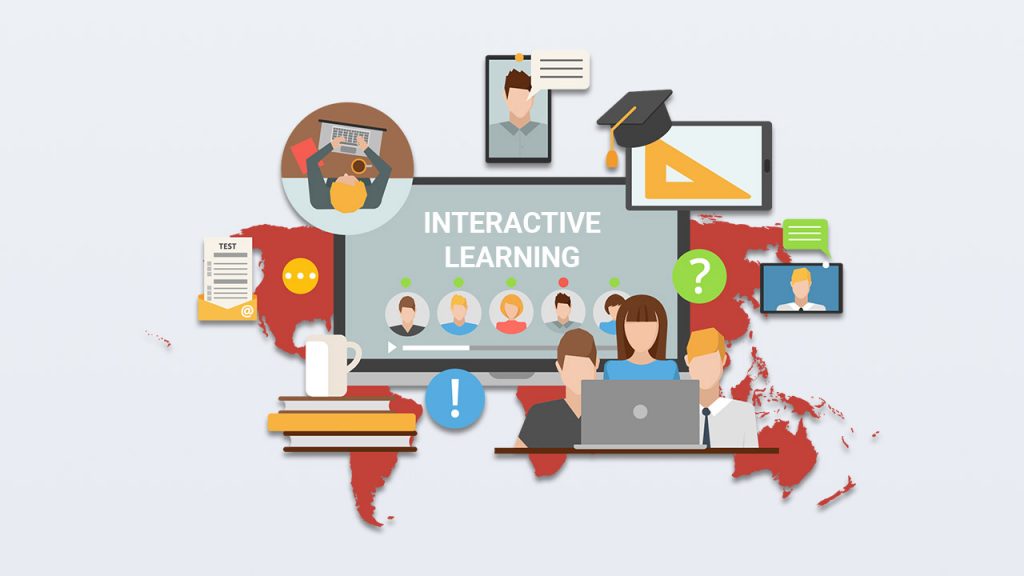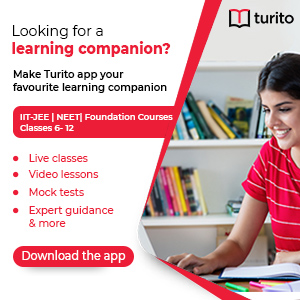Gone is the time when learning was limited to textbooks and whiteboards. Technological advances have led to the digital revolution in every industry, and education is not an exception. Technology has changed classroom teaching and made learning more interactive by using e-learning techniques, online training, and other digital platforms. Today, we have easy access to a variety of mediums to learn things. As the ongoing COVID-19 pandemic has affected every walk of humans’ lives and work, many educational institutions have shifted to online classrooms.
There is no wonder the blend of technology and education will create new opportunities for digital learning. But making the learning experiences more meaningful, schools and colleges must consider digital education HRD Ministry guidelines.
Below are the released HRD Ministry guidelines for online classes:
- Online classes for pre-primary students should not be for more than 30 minutes a day.
- No more than two online sessions of up to 45 minutes each should be conducted in a day for classes 1 to 8.
- Online courses for the senior students, from classes 9 to 12, should be taught a maximum of four sessions of up to 45 minutes each.
The HRD Ministry guidelines for online education, named PRAGYATA, covers eight steps, including Plan, Review, Arrange, Guide, Yak(talk), Assign, Track, and Appreciate. The pandemic had led to shutting down educational institutions. It has increased dependency on EdTech platforms. The guidelines are suggestions for school heads, teachers, parents, and students, to create a better learning experience.
HRD Ministry Guidelines for School Heads
The HRD Ministry guidelines entail stress assessment, planning, digital education implementation, cyber safety, and privacy measures for school heads and teachers. It also focuses on specific guidelines related to pre-school – grades 1 and 2, particular guidelines related to senior students, and teacher preparation.
HRD Ministry Guidelines for Parents & Students
To make online learning easy, the guidelines recommend parents take care of their children’s physical and mental well-being. Conversely, students must balance their online and offline activities. They must aware be of safety and ethics-related precautions.
How to Make Online Teaching More Interactive?
It is important to make online teaching interactive. This demands teachers to try different approaches that deliver effective results. Below are some crucial tips that would help teachers with the same.
Creating interactive content
Online classes offer students an interactive way of learning things, rather than simply reading assigned content. Online learning provides convenience and flexibility. It creates an engaging environment and supportive learning community. Teachers can create a compact package of study material for student’s ease. Make sure that the material compiled is both computer and mobile-friendly.
Use an effective Learning Management System (LMS)
A sound LMS must be upgraded. It empowers learners with training and development to learn things quickly. It helps them grow their knowledge and skills for personal and professional success. It also allows teachers to teach clearly without any technical issues.
Structure Your Discussion Boards
Traditional classrooms have only a tiny percentage of students to participate in discussions. But online classrooms provide opportunities to structure conversations so that everyone can participate and contribute. You can even create smaller groups for more intimate interaction and rotate these groups to maximize interactions.
Apply Teaching Strategy
Setting up a successful teaching strategy requires a clear structure and rules. These rules will help define your students’ expectations and encourage them to be a part of classroom discussions. These rules further help limit redundant interruptions and distractions, ensuring a safe learning environment. At the same time, they provide equal opportunities for all students to participate.
Focus on Microlearning Principles
Microlearning refers to focused learning that delivers information in small, highly focused chunks. To better teach your students, you need to split up your courses into small precise topics that can be consumed easily and quickly. Microlearning is more efficient than traditional learning patterns that usually carry longer-duration courses. When shorter learning content is readily accessible, learners can learn it at their own pace at any time, anywhere.
Best Online Courses for Teachers
Teachers nowadays are utilizing online platforms to educate students at their convenience and ease. Learning and teaching online, offers improved flexibility of time and location, information sharing opportunity, and greater availability of online resources. Now the main question is how to teach online better? Overwhelmed with too many tips and suggestions? Well, don’t worry. We are here to present you with the best online teaching courses that spark your teaching skills and help you stay relevant in the competitive market.
Becoming a better teacher: exploring professional development
Developed by British Council in association with the UCL Institute of Education, this course focuses on developing your reflective skills and improving your practice in the classroom. It will help grow your skills as an educator and teach you more about professional development.
Aiding children with difficulties in reading and writing
This course offers education about children with dyslexia. It helps them to learn about best practices in teaching literacy with recent scientific discoveries.
Mixed learning essentials for vocational education and training
Created by the University of LEEDS, this course offers a comprehensive introduction to blended learning for teachers and trainers. This is available on FutureLearn, a 100% online course with a duration of 10 weeks – 4 hours/ week. The course comes with an intermediate level and provides certifications on the completion of it.
Get interactive: practical teaching with technology
This course helps you create dynamic, interactive online courses using multimedia tools, student collaboration opportunities, assessment, and feedback. Offered by the University of London and Bloomsbury Learning Exchange, this course provides diverse materials and videos.
Virtual teacher specialization
This specialization course includes best practices for online instruction, student engagement, and virtual community building. It provides practical uses of asynchronous and synchronous technologies, social media, and other emerging technologies. In addition, data analysis techniques and students’ performance measurements are also provided.
Best Online Platforms for Students
There is a wide range of online teaching platforms available out there, and finding the best one is a real challenge. A list of the best online teaching platforms is provided below:
Tutor- offers on-demand and scheduled tutoring to students and one-to-one learning solutions both for students and teachers.
BitDegree- offers the best online courses for students with a clear and transparent blockchain-based scholarship system.
Academy of Mine -is an all-in-one stop for course providers to build their brand by creating, selling, and marketing their courses.
Uteach- helps you create your teaching website that becomes your brand with your domain name and design. After signing up, you can introduce your courses via video.
CourseCraft – This online teaching site assists you with making online courses and offers access to them. Using CourseCraft’s application, course creators can complete the course on their own- composing exercises, uploading video and audio, etc.
Eliademy – This unpaid site allows both teachers and students to make, share, and manage online courses with real-time conversations.
Wrap up
In this age of pandemic digital has become essential. Digital education offers students a more interactive learning experience. It will continue to evolve. With every new technology, a new teaching method is created. This advancement also requires to be explored cautiously.
It is vital for the students, teachers as well as parents, to equip themselves with methods of creating a safe learning experience. Digital education comes with its own sets of advantages and disadvantages, and it is necessary to be aware of both.





